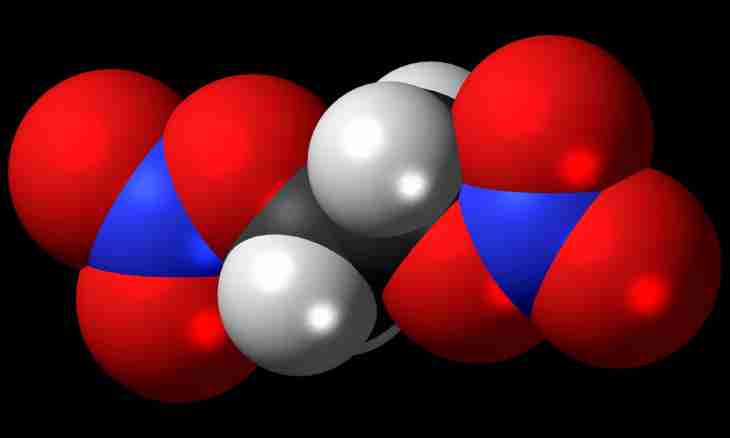Ethyl alcohol (ethanol) has a chemical formula C2H5OH, represents colourless transparent liquid with a characteristic smell. Perfectly mixes up with water and some organic matter. Goryuch. A little easier than water. Ethylene glycol (etandiol - 1.2) – also colourless transparent liquid with formula C2H4 (IT) 2. Has no smell. Slightly heavier than water, goryuch. It is very poisonous - intake even of a small amount causes a serious poisoning. How it is possible to distinguish unmistakably them from each other?
It is required to you
- - two containers with samples of ethanol and ethylene glycol;
- - a deposit (it is better freshly cooked) hydroxide of copper (II) – Cu (OH) 2;
- - alkali solution (for example, NaOH);
- - two containers with samples of ethanol and ethylene glycol;
- - spirit solution iodine;
- - alkali solution (for example, NaOH).
Instruction
1. There is an effective high-quality reaction to polyatomic alcohols. For this purpose add a little deposit of hydroxide of copper (II) to each capacity with samples. Flow a little solution of alkali (NaOH) and carefully mix contents of tanks. Where there was an ethylene glycol, bright blue solution has to be formed.
2. High-quality reaction is based on ability of polyatomic alcohols to enter interaction with copper hydroxide (in the alkaline environment), at the same time forming the soluble painted copper glikolyata. In this case reaction proceeds as follows: 2C2H4(OH)2 + Cu (OH) 2 = C4H8O2Cu(OH)2 + 2H2O.
3. There is also effective high-quality reaction to ethanol. Add on several drops of iodine to each capacity (glass glass), mix, then begin to flow alkali slowly. If at the studied sample there is an ethanol, the yellowish suspension which is slowly dropping out in a deposit has to be formed. It is an iodoform (CHI3). Reaction goes as follows: C2H5OH + 6NaOH + 4I2 = CHI3 + HCOONa + 5NaI + H2O.
4. The suspension of an iodoform is quicker and easier formed when cooling therefore it is desirable to place tanks in ice or at least in cold water.

